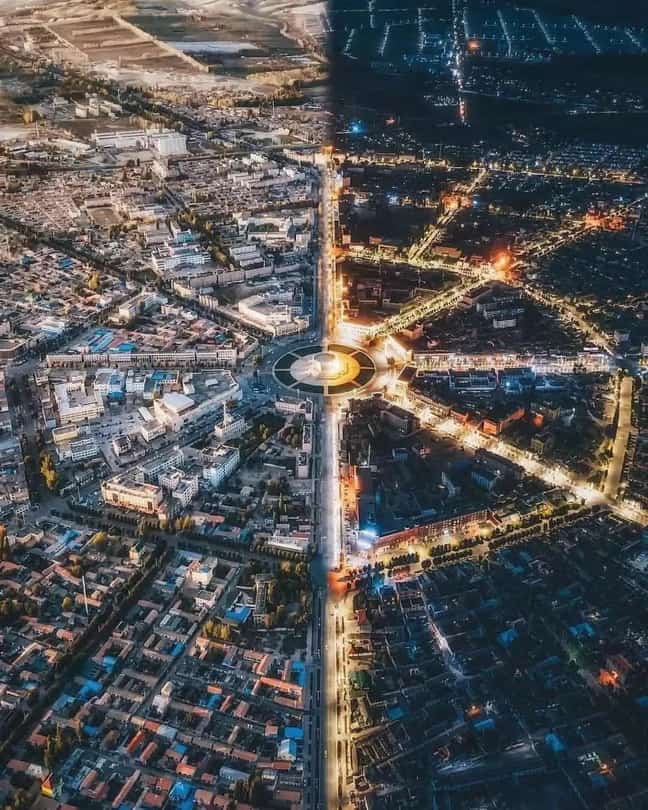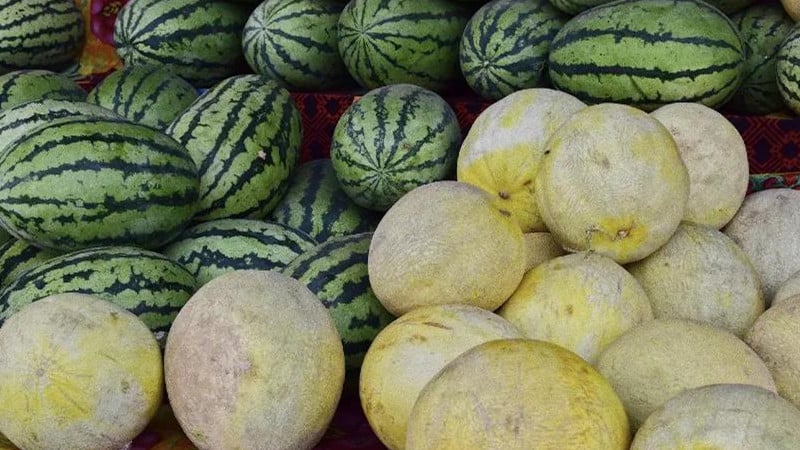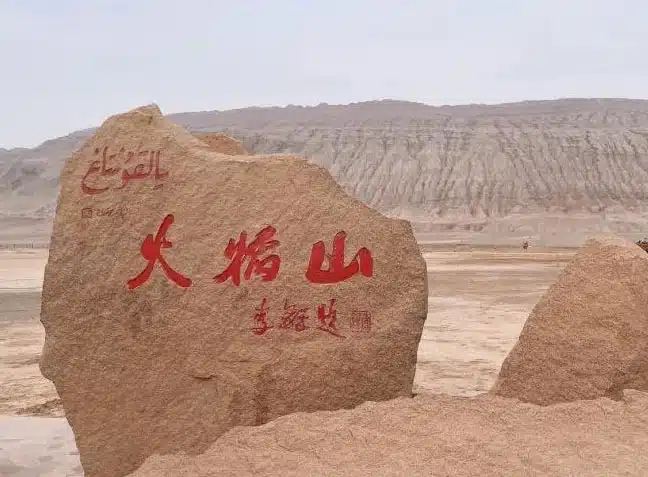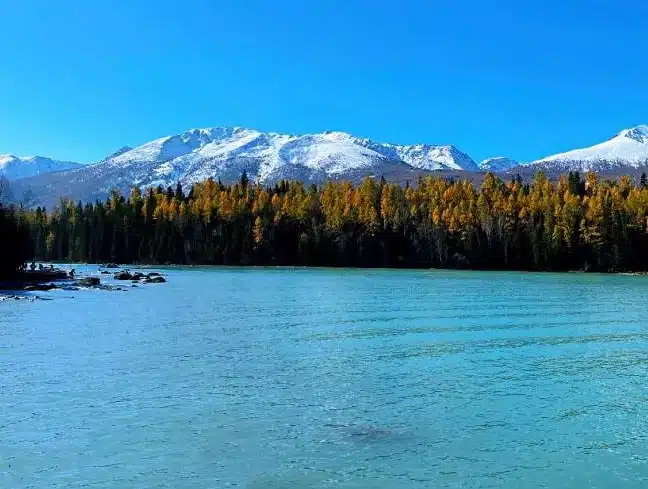Fun, Weird & Interesting Facts about Xinjiang
Located in the most northwest of China, Xinjiang is on the bucket list for many travelers, and it’s no mystery why! The tremendously diverse landscapes, exotic ethnic groups, and fascinating history traces left by the ancient Silk Road are already reasons enough to pack your bags to embark on a Xinjiang trip. Whether you’ve been to this mysterious land before or are just fascinated with it, here are some fun, weird, and interesting facts about Xinjiang.

01 Sandwiched between Eight Countries
Xinjiang shares a border with eight countries, including Mongolia, Russia, Kazakhstan, Kyrgyzstan, Tajikistan, Afghanistan, Pakistan, and India. No other regions in China have so many borders.

02 There is a 2-hour time difference in Xinjiang
In Xinjiang, people do daily routines 2 hours later than other regions of China. In China, all business officially runs on Beijing Time, but Xinjiang is 2 time zones west of Beijing. This causes some issues if they live by the commonly used schedule. So in Xinjiang, people usually start to work at 11 am, eat lunch at 2 pm, and then get off work at 7 pm. The day is still bright at 10 pm in summer.
03 More airports than any other province in China
Xinjiang currently has more airports than any other province in China. This is naturally because of the fact that it is the largest province-level division of China, taking up one-sixth of China’s total territory.

04 Tekes County in Ili prefecture is the only county without traffic lights in China
Located in Ili prefecture, Tekes County is the only county without traffic lights in China. This ancient city also stands out for its history, and unique street layout which was built based on the Eight Diagrams of Taoism.

05 Xinjiang produces a bounty of fruits
With the long sunshine duration and large temperature difference, the climate in Xinjiang is perfect for growing fruits, including sweet Hami melons, seedless Turpan grapes, fragrant Korla pears, and crisp Ili apples.

06 Temperature difference between day and night is dramatic
There are two famous Chinese idioms that point out the large temperature difference between day and night in Xinjiang. One is “Wearing fur coats in the morning, but a thin shirt in the afternoon.” The other one is “Eat watermelons around the stove.”
07 The famous movie “Kite Runner” was filmed in Kashgar
Highlighting the best examples of traditional Islamic architectures in Central Asia, Kashgar Old City was thus chosen as the filming spot of “The Kite Runner”. Since filming in Afghanistan would be too risky, the producers decided to use Kashgar to depict Kabul in the 1970s. The filmmakers said the only thing they need to do before filming is to replace the signs with Chinese Mandarin Characters.
08 Boasts many of China’s and the world’s “extreme sites”
Sitting 155 meters (509 feet) below sea level, the Aydingkol Lake in Turpan is the lowest depression in China and the second-lowest depression in the world.
In summer, the temperature of the Flaming Mountain in Turpan can reach 47.8 ℃ (118 ℉), making it the hottest place in China.
Xinjiang also boasts the K2 Mountain, at 8611 meters (28251 feet) above sea level, which is the second-highest mountain in the world.
The Taklamakan Desert in Xinjiang is the largest in China and the second-largest shifting desert in the world.
Tarim Basin in southern Xinjiang is China’s largest basin.

09 Urumqi is the most remote inland city in the world
Urumqi, the capital city of Xinjiang, is the city most far away from all seas in the world. It is 2500 km (1400 miles) from the nearest coastline. It is also the largest city in western China.
10 Xinjiang has the most religions in China
Thanks to the diverse people, Xinjiang is the place you’ll meet more different religions than any other place in China, including Islam, Buddhism, Taoism, Catholicism, Christianity, and Eastern Orthodoxy.

11 Nang and mutton are essential
A baked flatbread, Nang is essential to Xinjiang people, especially Uyghur daily life. According to the statistics, around 2.75 million Nangs were consumed each day in Xinjiang.
As for mutton consumption, it is 11 times the national yearly average.

12 A legendary monster is said to live in Kanas Lake
Kanas Lake in Northern Xinjiang is surrounded by Siberian forests and rolling grasslands, providing an ideal playground for sightseeing, photography, and lake monster. Yes, China’s own “Loch Ness Monster”. For decades of years, legends of an enormous water monster in Kanas Lake have captured the imagination of locals and visitors.

The above facts about Xinjiang are just the tip of the iceberg; this diverse land is never short of surprises for travelers. Since nothing can be comparable to a real-life experience, if you are curious further about it, we suggest you travel there in person. JoyTravel is more than happy to help you to arrange your ideal Xinjiang experience.
Related Reading:









